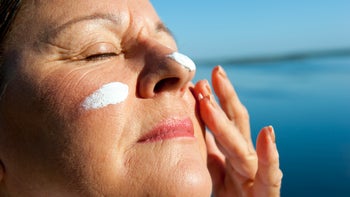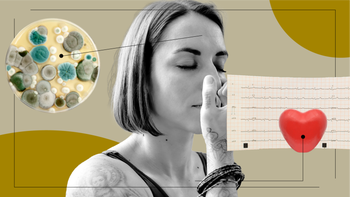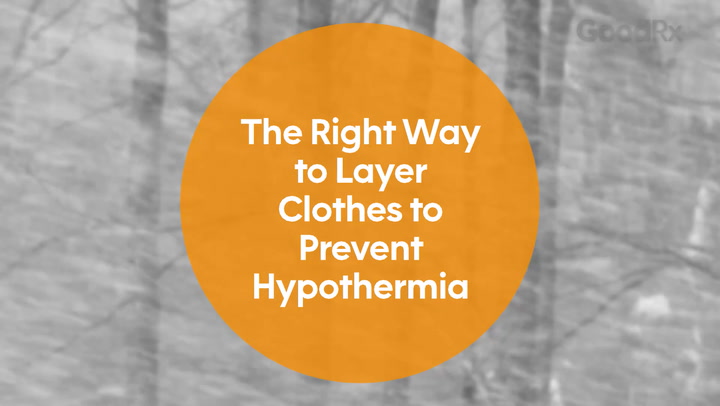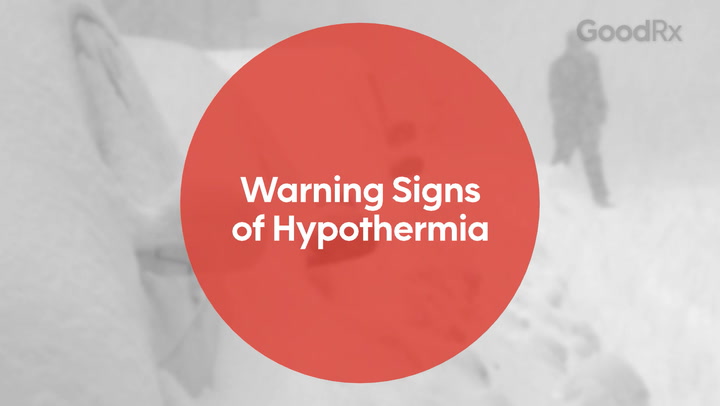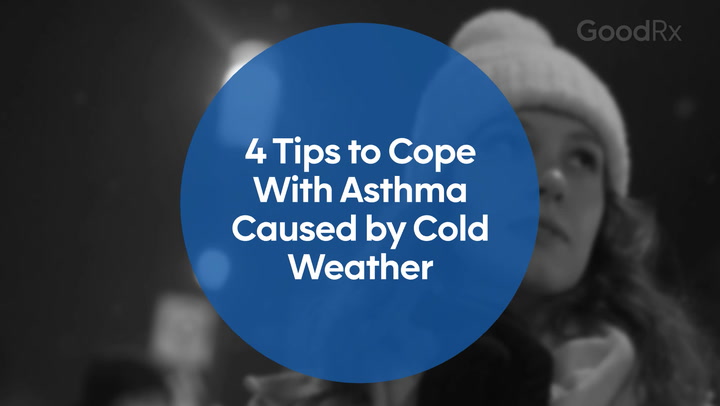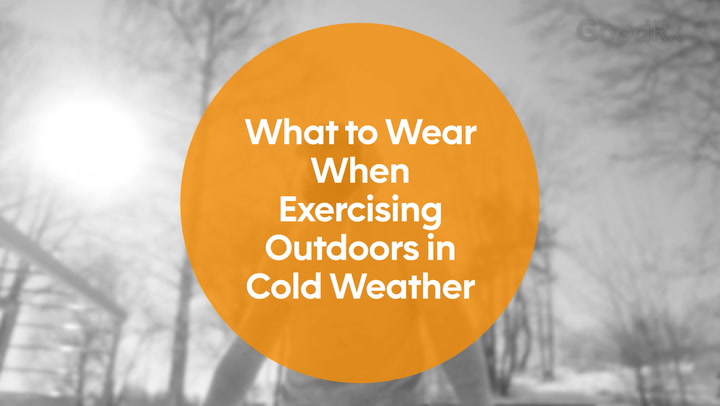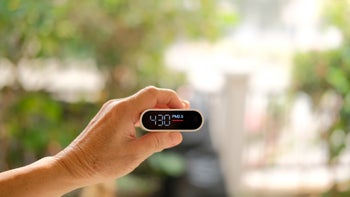
6 Ways Sunlight Can Benefit Your Health
Key takeaways:
Sunlight has various benefits that can improve your health and well-being. One of the main benefits is the way it supports vitamin D levels, which play an important role in your health.
Some people only need 10 minutes of sunlight to see health benefits. People with darker skin need more time in the sun to get the same effects, since darker skin absorbs sunlight differently.
If you need more time in the sun, there are some simple ways you can work it into your daily schedule. For example, you can take your coffee breaks outside.

You have probably heard about the potential dangers of being out in the sun too long. But did you know that getting the right amount of sunlight can be good for your health and well-being?
Keep reading to learn how the ultraviolet (UV) light in the sun’s rays can be beneficial and how to ensure that you’re getting enough sunlight.
What are the benefits of sunlight?
From providing vitamin D to reducing high blood pressure and boosting mood, we explore six potential benefits of sunlight below.
1. Sunlight provides vitamin D
Being exposed to sunlight enables your body to make vitamin D from cholesterol in your skin cells. Known as the “sunshine vitamin,” vitamin D benefits your health in many ways, including:
Supporting your bone and muscle health
Regulating your blood pressure
Regulating your immune system
Maintaining the health of your blood vessels
Keeping your brain working well
Regulating your blood sugar
2. Sunlight strengthens bones
As mentioned above, vitamin D supports bone health. The sunshine vitamin helps your body absorb calcium, which is essential for strong bones and helps prevent conditions like osteoporosis and osteopenia. Having good bone health can also help you avoid bone fractures (breaks).
3. Sunlight kills bacteria
Most of us spend a lot of time indoors. And indoor environments can contain dust that carries different types of bacteria — some of which can trigger asthma and allergy symptoms.
One study found that sunlight can kill the bacteria that lives in dust indoors. In this particular study, 12% of bacteria survived in a darkroom environment, but only 6% of dust bacteria survived after being exposed to sunlight.
What does this mean for you? Open those shades and windows, and let more sunlight into your home. As the UV rays kill bacteria that live in the dust in your home, your air quality may improve.
4. Sunlight may reduce high blood pressure
Hypertension, or high blood pressure, is linked to many health problems, including heart attack, stroke, and kidney damage. One study showed that exposure to sunlight lowered systolic blood pressure (the top number in a blood pressure reading) in people who had kidney failure and were taking dialysis.
The study was based on the idea that UV light increases the availability of nitric oxide in the body. Nitric oxide is a molecule that can cause your blood vessels to widen and, as a result, lower your blood pressure.
But more research is needed to understand the sun’s effects on blood pressure and whether there are benefits for people who don’t have kidney disease.
5. Sunlight can improve sleep quality
Sun exposure plays a big role in maintaining your body’s internal clock, or circadian rhythm. Generally, your circadian rhythm responds to the sun’s light-dark cycle, helping you fall asleep at night (when there’s darkness) and wake up in the morning (when there’s light). So you can try using the sun’s light-dark cycle to improve your sleep hygiene.
For instance, experts recommend being in bright sunlight in the morning to increase your chances of falling asleep earlier in the evening. Exposure to sunshine in the AM increases your melatonin levels. And melatonin plays a key role in regulating your body’s circadian rhythm and helping you sleep when it gets dark.
6. Sunlight boosts mood
Getting adequate amounts of sunlight can help combat mood disorders, most notably seasonal affective disorder (SAD). SAD is a type of depression that usually occurs in the fall and winter, when there is less sunlight.
Although the exact cause of SAD is unknown, it’s thought that a lack of sunlight may affect the way the brain’s hypothalamus works. This effect may make it harder for your circadian rhythm to time certain functions, like waking up. As a result, you may be more likely to experience SAD symptoms, such as feelings of despair or fatigue.
In addition, not getting enough sunlight can result in lower serotonin levels, which can contribute to depression. So it makes sense that getting more sunlight can boost your level of serotonin and your mood.
How much sunlight should you get per day?
Depending on your skin color, you may be able to get the daily recommended amount of sun exposure in as little as 10 minutes.
Experts in the U.K. recommend 10 to 15 minutes of daily sun exposure for people who have lighter skin and 25 to 40 minutes for those with darker skin.
People with darker skin have more melanin, a molecule that serves as a natural sunscreen. But this can also make it a little harder to get enough sun exposure. So it takes more time in sunlight to reap its benefits if you have darker skin.
Keep in mind, regardless of skin tone, spending more time in the sun than is recommended may increase your risk of sunburn or skin cancer. For this reason, you should put on sunscreen before going outside. This is especially true if you are going to be out longer than 10 to 30 minutes.
You may be wondering whether putting on sunscreen can prevent you from getting enough sunlight to make vitamin D. Our bodies only need a little sunlight to create vitamin D and research shows that using sunscreen on a regular basis doesn’t hurt the body’s ability to create the sunshine vitamin.
When is the best time to get sunlight?
Any time you can fit some sunlight into your schedule is a good time. However, research suggests that you absorb the most sunlight around noon.
Experts believe the timeframe from 10AM and 1PM is optimal for sun exposure, because you get plenty of UVB rays — which allow your body to create vitamin D — while minimizing your risk for skin cancer from UVA rays.
What are some tips for working time in the sun into your daily schedule?
In today’s technology-driven society, it can be difficult to get enough sunlight each day. Here are a few ways you might get more time in the sun:
Take a brief walk during your work breaks or study breaks.
Take one or more of the day’s virtual meetings outside.
Park your car further away from store entrances so you can soak up some sunlight as you walk in.
Eat your lunches or snacks outside.
Exercise outside.
Plant a few flowers or vegetables to give you a reason to go outside.
The bottom line
Getting enough sunlight has a number of potential advantages for your mental and physical health, including improving your mood and sleep and lowering your risk of certain diseases. People who have lighter skin typically only need 10 to 15 minutes of daily sun exposure. However, due to increased melanin, people with darker skin usually need a bit more — around 25 to 40 minutes. But, due to the risk of skin damage and skin cancer from prolonged sun exposure, it’s important to wear sunscreen on a regular basis when you’re outside.
References
Burchell, K. (2019). Press release: Are you getting your 10-15 minutes of sunlight a day? The University of Manchester.
Centers for Disease Control and Prevention. (2023). Are there benefits to spending time outdoors?
Centers for Disease Control and Prevention. (2023). Sleeping well.
Fahimipour, A. K., et al. (2018). Daylight exposure modulates bacterial communities associated with household dust. Microbiome.
LaMorte, W. W. (2016). Vitamin D and bone health. Boston University School of Public Health.
Moan, J., et al. (2008). At what time should one go out in the sun? Advances in Experimental Medicine and Biology.
Moan, J., et al. (2014). Ultraviolet-radiation and health: Optimal time for sun exposure Advances in Experimental Medicine and Biology.
National Academies of Science, Engineering, and Medicine. (2019). Sunscreen does not cause Vitamin D deficiency.
National Center for Complementary and Integrative Health. (2022). Melatonin: What you need to know.
National Health Service. (2022). Overview — Seasonal affective disorder (SAD).
National Institute for Occupational Safety and Health (NIOSH). (2020). Circadian rhythms and circadian clock. Centers for Disease Control and Prevention.
National Institute for Occupational Safety and Health (NIOSH). (2023). Effects of light on circadian rhythms. Centers for Disease Control and Prevention.
National Institute of Arthritis and Musculoskeletal and Skin Diseases. (2023). Bone health and osteoporosis.
Office of Dietary Supplements. (2022). Vitamin D. National Institutes of Health.
Sansone, R. A., et al. (2013). Sunshine, serotonin, and skin: A partial explanation for seasonal patterns in psychopathology? Innovations in Clinical Neuroscience.
Wacker, M., et al. (2013). Sunlight and vitamin D: A global perspective for health.Dermato-Endocrinology.
Weller, R. B., et al. (2020). Does incident solar ultraviolet radiation lower blood pressure?. Journal of the American Heart Association.
Yang, J., et al. (2020). The impact of bacteria-derived ultrafine dust particles on pulmonary diseases. Experimental & Molecular Medicine.







